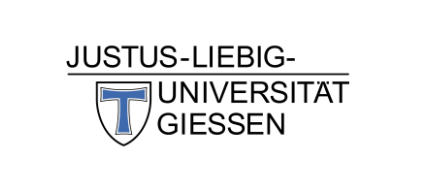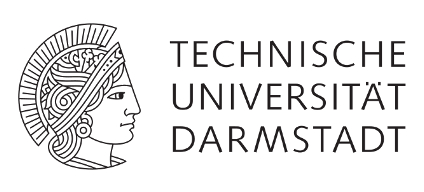Main Content
Ten selected Publications
- Joch, M., Hegele, M., Maurer, H., Müller, H., & Maurer, L. (2017):
Brain negativity as an indicator of predictive error processing – The contribution of visual action effect monitoring.
Journal of Neurophysiology, 118(1), 486-495.
doi: 10.1152/jn.00036.2017
- Schmidt, F., Hegele, M., & Fleming, R. W. (2017):
Perceiving animacy from shape.
Journal of Vision, 17(11), 10.
doi: 10.1167/17.11.10
- Schween, R. & Hegele, M. (2017):
Feedback delay attenuates implicit but facilitates explicit adjustments to a visuomotor rotation.
Neurobiology of Learning and Memory, 140, 124-133.
doi. 10.1016/j.nlm.2017.02.015
- Gertz, H., Hilger, M., Hegele, M.* & Fiehler, K.* (2016):
Agency instructions modulate eye movements: an fMRI study on ocular tracking of biological and non-biological motion stimuli.
NeuroImage, 138, 109-122.
doi. 10.1016/j.neuroimage.2016.05.043
*shared senior authorship
- Heuer, H. & Hegele, M. (2015):
Explicit and implicit components of visuomotor adaptation: an analysis of individual differences.
Consciousness & Cognition, 33, 156-169.
doi: 10.1016/j.concog.2014.12.013
- Hegele, M. & Heuer, H. (2013):
Age-related variations of visuo-motor adaptation result from both the acquisition and the application of explicit knowledge.
Psychology and Aging, 28, 333-339.
doi: 10.1037/a0031914
- Heuer, H. & Hegele, M. (2011):
Generalization of implicit and explicit adjustments to visuo-motor rotations across the workspace in younger and older adults.
Journal of Neurophysiology, 106, 2078-2085.
doi: 10.1152/jn.00043.2011
- Hegele, M. & Heuer, H. (2010):
Implicit and explicit components of dual adaptation to visuomotor rotations.
Consciousness & Cognition, 19, 906-917.
doi: 10.1016/j.concog.2010.05.005
- Heuer, H., & Hegele, M. (2008):
Adaptation to visuo-motor rotations in younger and older adults.
Psychology & Aging, 23, 190-202.
doi: 10.1037/0882-7974.23.1.190
- Heuer, H., & Hegele, M. (2008):
Constraints on visuo-motor adaptation depend on the type of visual feedback during practice.
Experimental Brain Research, 185, 101-11,
doi: 10.1007/s00221-007-1135-5


